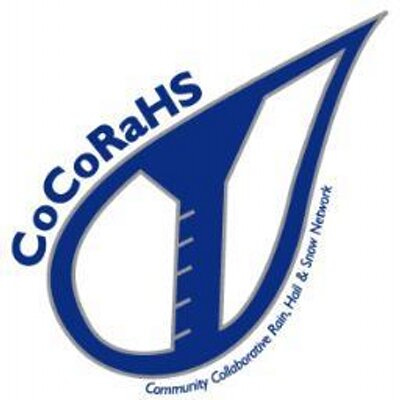Earlier this week, I attended a the International Association for Great Lakes Research 66th Annual Conference (IAGLR 2023) in Toronto, Ontario, Canada. I gave a presentation in a session called “Open Data Resources of the Laurentian Great Lakes” and my talk focused on work being done by the group with whom I’m working part-time: the Oak Ridges Moraine Groundwater Program (I believe my talk was recorded; if it appears online, I’ll notify readers of The Water Droplet. If you want to read the abstract of my presentation, click here)

Although the conference was a week long, I only attended that one session, but I saw some interesting talks and made new connections. In this article, I’m going to summarize some of the references that I’ve recently learned about.
The Gordon Foundation has a long philanthropic history in Canada, and their website describes the foundation’s mission as follows: to promote innovative public policies for the North and in freshwater management. One of their key initiatives is DataStream, described next.
DataStream, which is part of the Gordon Foundation, is an online platform for sharing information about freshwater health. They currently have four data streams: Mackenzie (NW Canada), Atlantic, Lake Winnipeg (Manitoba) and the Great Lakes. Their data platform is open source and draws data from many different sources. They provide access to data that is related to water quality.
This group is based at the University of Saskatchewan, Canada and their goal is to manage the future of water in Canada using leading-edge water science supported by innovative decision-making tools. This collaborative group includes the University of Waterloo, Laurier University and McMaster University.

This group is from the United States Environmental Protection Agency (USEPA) and focuses on atmospheric data in the Great Lakes region. The USEPA is doing a lot of research in the Great Lakes area and they have a repository of data on the web at their Central Data Exchange.
This nonprofit group is based in Ann Arbor, Michigan, USA and provides data to support science, policy management and industry. They have an interactive mapping/data portal called Seagull that allows users to view Great Lakes data.
The federal government of Canada is doing interesting work across the country. The government also has a national data strategy that includes a roadmap to open science. Data can be found here (although personally their data-access website is awkward to navigate).
This American government organization provides access to all kinds of data, including groundwater data.
This nonprofit organization is a community-based network of volunteers that is working together to measure and map precipitation. Their website provides a mapping tool that allows users to look at historical precipitation data across Canada and the USA.
A Canada-based group that provides water-related information. One of their initiatives is community-based water monitoring.
Water Rangers: This group provides test kits (for a cost) for people to collect water-quality data. The data is provided on their web-based mapping portal.
Provides online access and analysis of groundwater information in Canada.
This government-funded program provides a comprehensive database via a web-based mapping portal. The ORMGP gets data from all levels of government, plus industry and consultants. Their study area is in south-central Ontario and the data they provide include hydrology, hydrogeology, geology, chemistry data. They also have data analyses tools and interpretations.
It’s great to see all the research being done and the data that is being collected. A lot of scientists are studying the Great Lakes, and this is a good thing, but no one talked about groundwater in my session (besides me!).
The links provided here are just a few of the many water-related websites on the internet. The IAGLR conference focused on the Great Lakes area with only a small focus on groundwater. I am encouraged by the advancements that are being made in water science and I hope that scientists collaborate and share ideas. It’s up to us, as scientists, to ensure that we keep spreading the word about the work we are doing and the tools we are developing to understand water.
I know that there is a lot of water-related research going on in Europe as well. I’ll do some digging into resources that are available from there, as well as other places around the world.
Thanks for reading The Water Droplet, and stay tuned for more articles on water!















What happens now with the cross boarder cooperation, I understand the new administration has curtailed data sharing and funding?
love the oak ridge moraine program goals